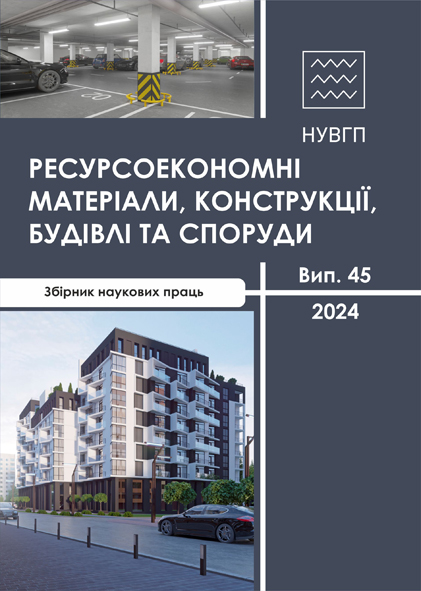OPTIMIZATION OF PROJECT DOCUMENTATION DEVELOPMENT USING BIM TECHNOLOGY
DOI:
https://doi.org/10.31713/budres.v0i45.51Abstract
This paper addresses the critical issue of optimizing project documentation development through Building Information Modeling technology. BIM has emerged as a pivotal tool in modern construction, allowing the creation of integrated 3D models that enhance accuracy and efficiency in planning and executing construction projects.
The scientific novelty of this study lies in the use of BIM to streamline processes related to project documentation, reducing errors, shortening project development times. BIM technology also promotes better collaboration among project stakeholders, including architects, engineers, and contractors, leading to a more coordinated approach to project execution.
The significance of this topic for the construction industry. By adopting BIM, companies can reduce construction costs, shorten project timelines, and boost productivity. This paper also explores future prospects for BIM and its potential impact on design and construction processes.
The core objectives of this study are to:
Examine the role of BIM in optimizing project documentation development.
Assess the benefits of BIM for error reduction and efficiency gains.
Explore the impact of BIM on collaboration among construction stakeholders.
Discuss future trends in BIM and their implications for the construction industry.
This research involves a comprehensive review of existing literature on BIM and project documentation, identifying key areas where BIM offers tangible benefits. It also explores case studies and examples that demonstrate how BIM has been successfully implemented in various construction projects, leading to improved outcomes. Additionally, the paper outlines potential challenges and limitations associated with BIM adoption, such as initial setup costs, learning curves, and integration with existing processes. Despite these challenges, the advantages of BIM in terms of accuracy, collaboration, and cost-efficiency make it a compelling choice for the construction industry.
In conclusion, this paper provides valuable insights for construction professionals and civil engineers, suggesting practical approaches to optimizing project documentation development through BIM technology. By embracing BIM, the construction industry can achieve greater efficiency, accuracy, and collaboration, leading to more successful projects and a brighter future for the field.

